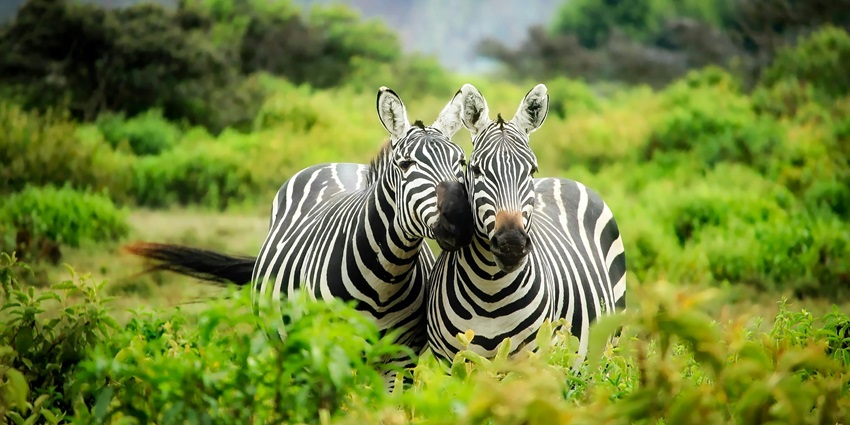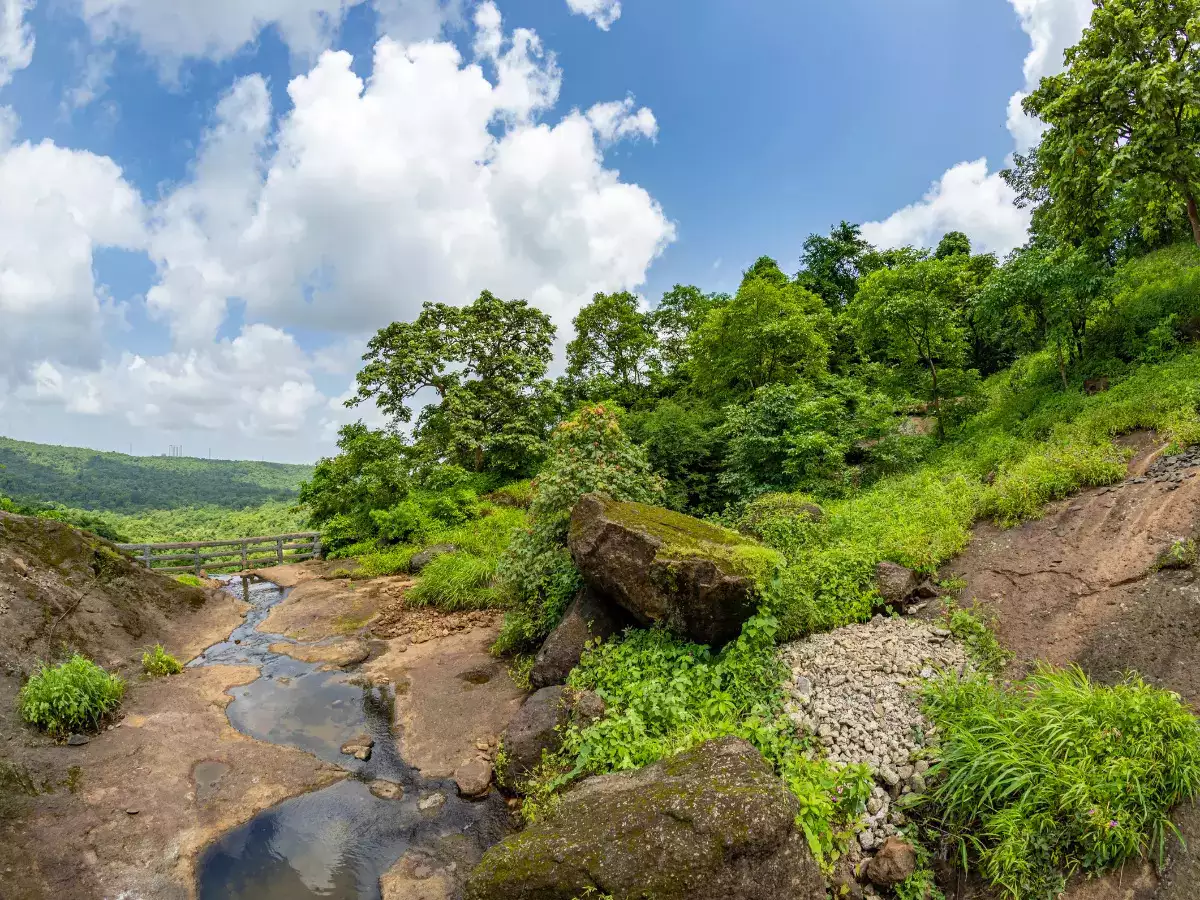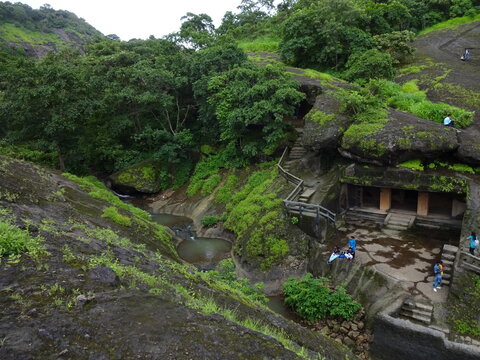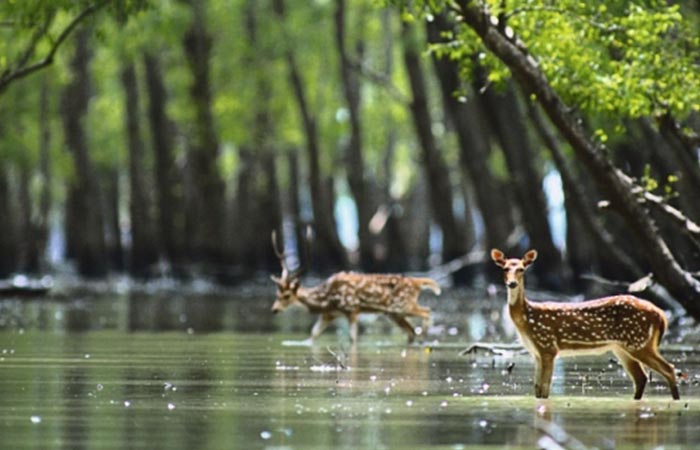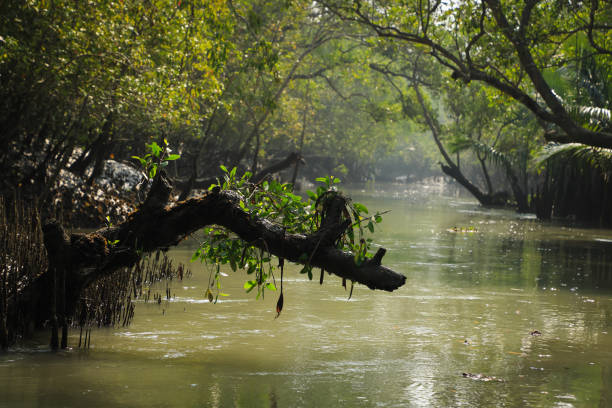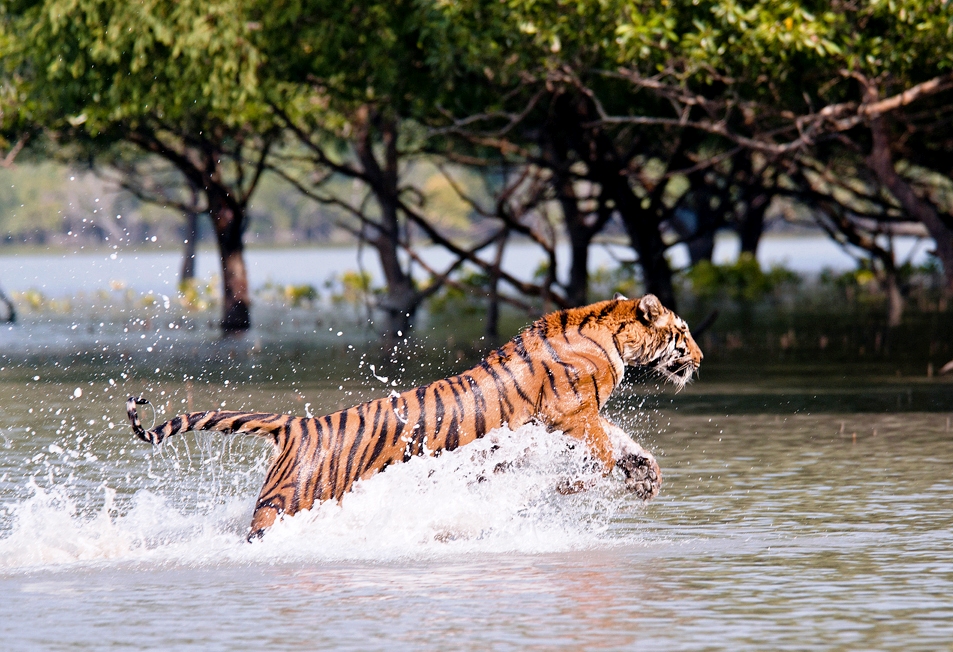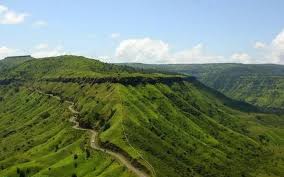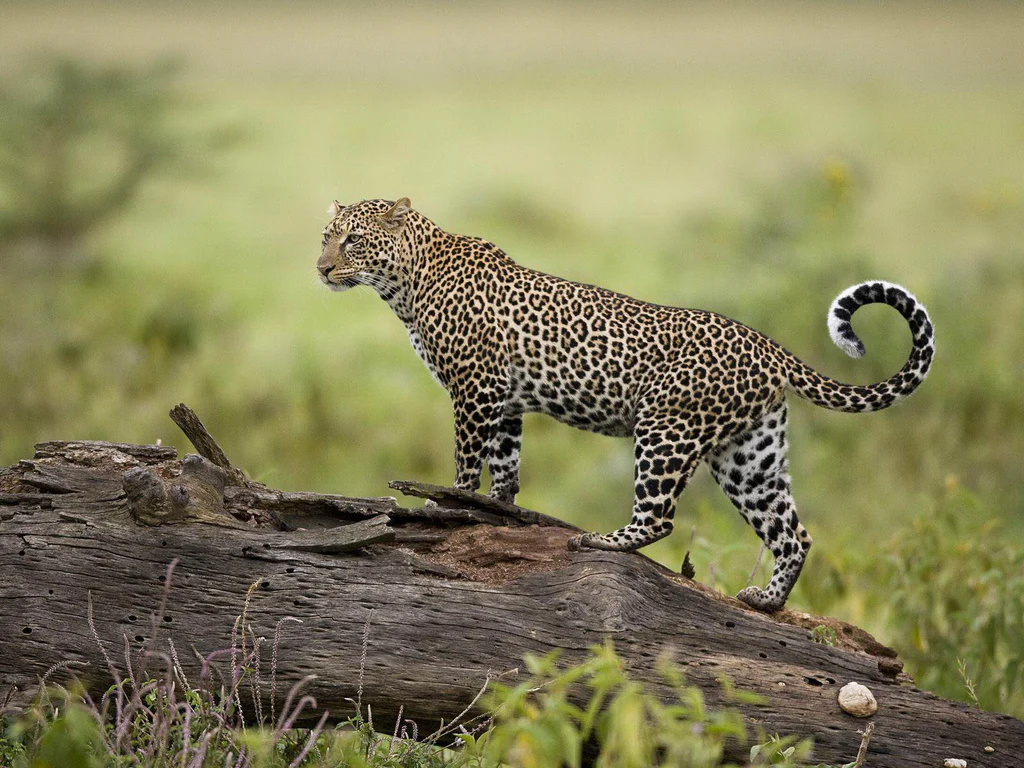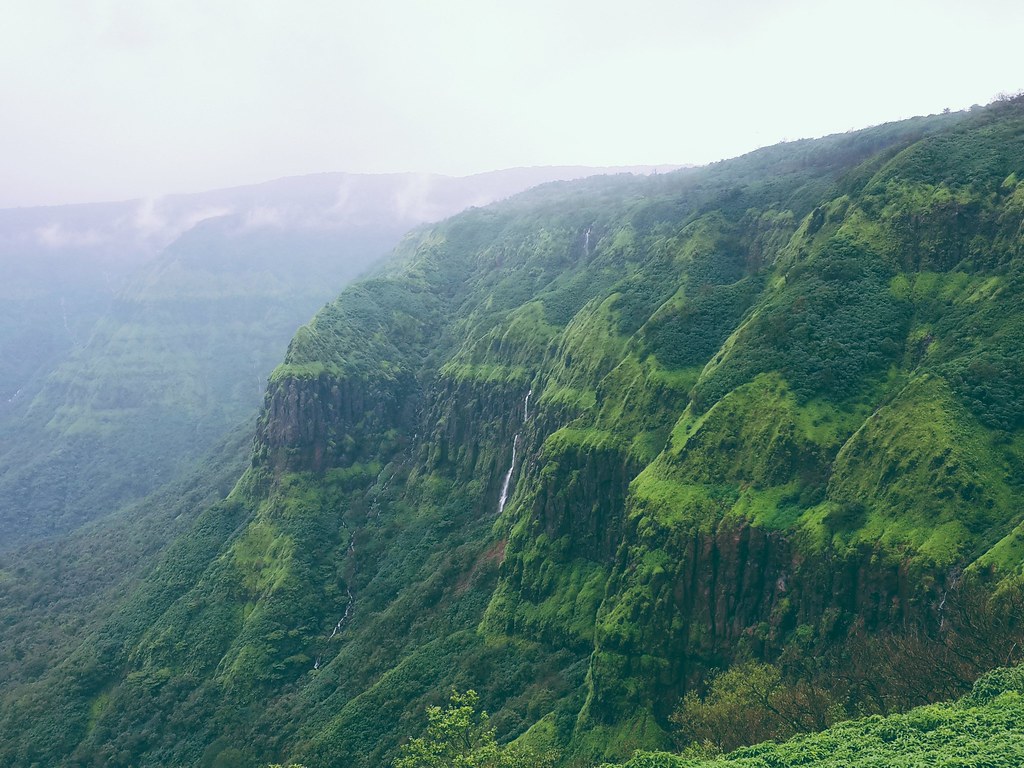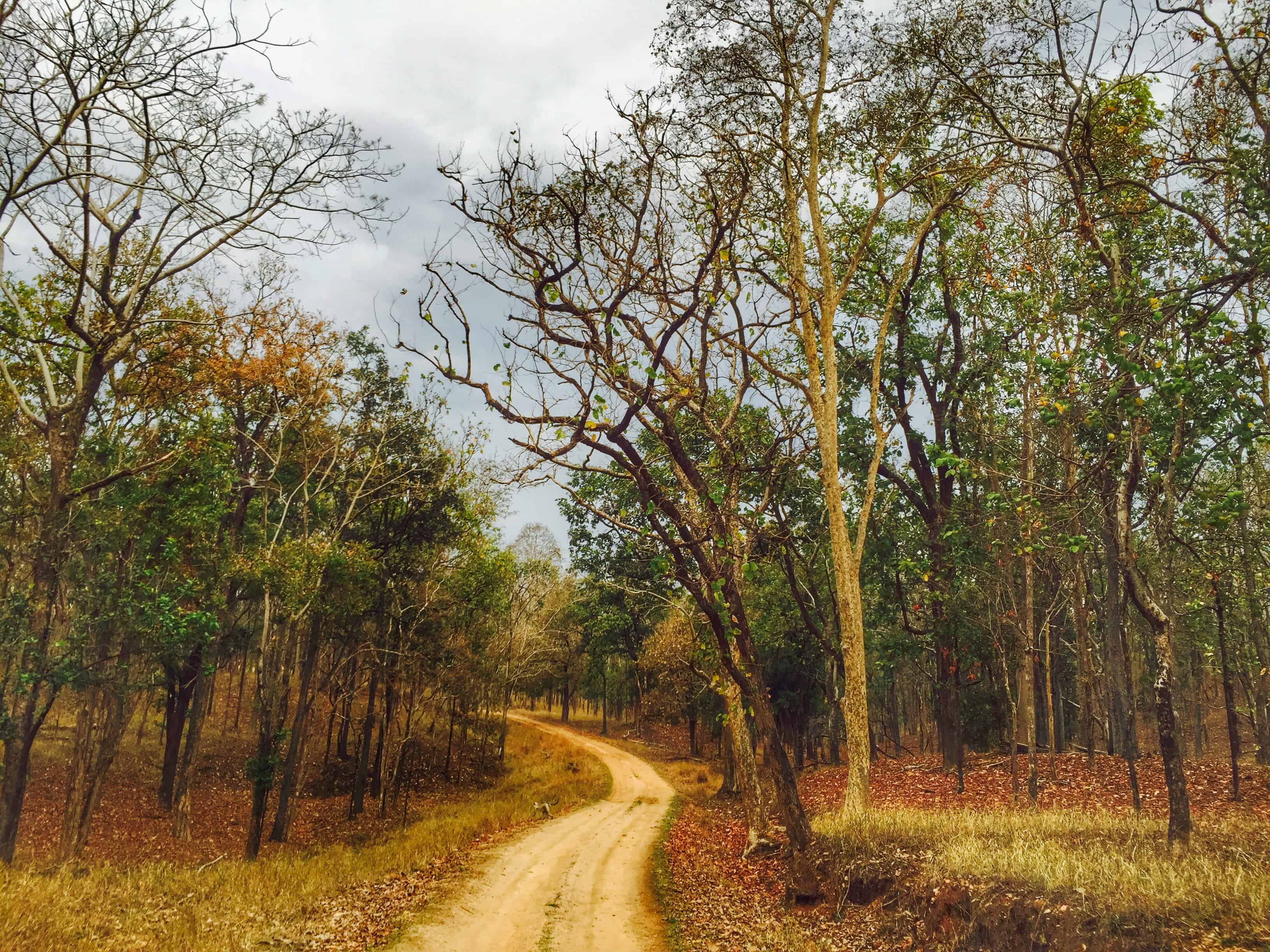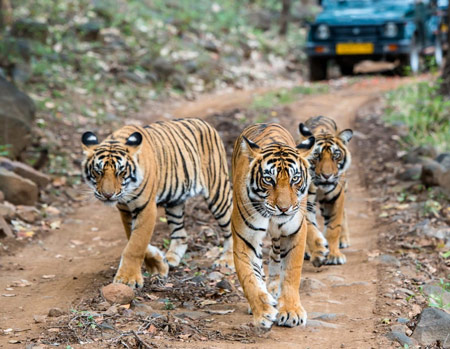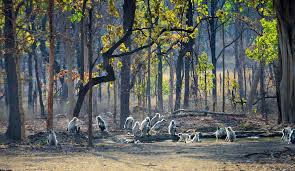📍Location:Sangli District Maharashtra, India
>>
Area:317.67 square kilometres (122.65 sq mi)
📜Information:
Chandoli National Park is a national park established in Sangli district in May 2004.
Earlier it was a Wildlife Sanctuary declared in 1985.
Chandoli Park is notable as the southern portion of the Sahyadri Tiger Reserve, with Koyna Wildlife Sanctuary forming the northern part of the reserve.
The park includes historical places of note including 17th century forts of the Maratha Empire, Prachitgad and Bhairavgad. Most of the protected area was used an open jail for the "prisoners of war" of the early battles during Chhatrapati Shivaji Maharaj's rule.[citation needed] Chhatrapati Sambhaji Maharaj used Prachitgad as an observation point and recreational place.

